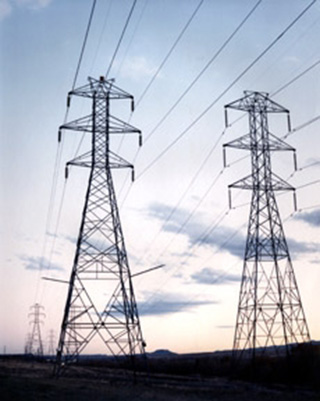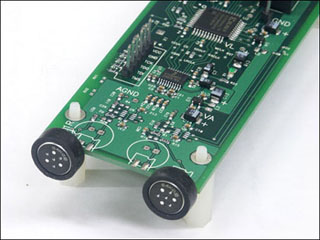One of my A/P instructors was an old fart from back when they flew Mustangs in anger. He passed out a booklet called "The Hydraulics Of Electrics" that he claimed he wrote, maybe he did, I don't know. It helped to understand the electrons when you'd old picture them as a fluid, or at least it helped me because the most complicated wiring I'd ever done was installing a car stereo that would occasionally for no apparent reason drain the battery. If I still had it I'd copy it and send it to you. As far as zip ties go, they do have their place, if you dig deep enough you can find the correct Gulfstream P/N in the IPC. But if you decide to use them buy a set of flush cut dikes, if they aren't cut flush they turn into fish hooks with razors on the ends and you'll end up looking like you got in a fight with your cat if you ever have to get back in there. The proper and more difficult, time consuming method is Adel clamps, just be ready sure no one is around when you first start using them because you'll be cussing. A lot. Good luck.


